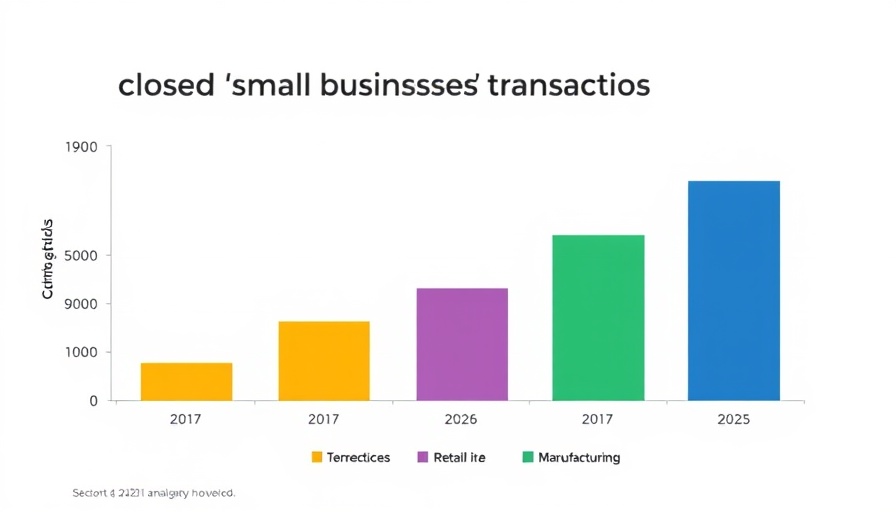
Unlocking the Power of Customer Complaints
In a fast-paced digital age driven by technological advancements, the landscape of customer feedback has evolved tremendously. For businesses today, embracing customer complaints might feel like a leap of faith. Yet, it is in the very act of acknowledging and addressing these grievances that companies can unlock remarkable growth and innovation.
Why Customer Feedback is Essential
The crux of any successful enterprise lies in understanding its customer base. Today, companies must actively solicit feedback from their consumers to refine products and services. Customer complaints can act as beacons, illuminating areas where improvement is crucial. This not only leads to immediate enhancements but also significantly boosts customer satisfaction and loyalty.
Transforming Frustration into Innovation
Imagine an irate customer voicing their frustration about a product. This scenario, while daunting, offers your business a golden opportunity. Rather than dismissing their objections, viewing these complaints through an innovative lens can propel your business to new heights. For instance, consider how tech giants like Apple encourage direct feedback to continuously enhance their innovations.
Creating a Safe and Welcoming Environment
To encourage open dialogues, it’s vital for businesses to establish a safe environment where customers feel secure in voicing their concerns. Training staff to respond empathetically and ensuring various channels for feedback—from social media to in-store comments—can significantly increase response rates. Brands like Zappos exemplify this model, enabling strong connections with customers through proactive service.
Case Studies: Lessons from the Titans
Analyzing how companies respond to feedback can reveal much about their future prospects. For instance, while Starbucks thrives on customer engagement and complaint resolution, businesses like Blockbuster faltered due to their reluctance to adapt. These case studies illuminate the necessity of viewing complaints not as setbacks but as stepping stones to sustained relevance in an ever-evolving market.
Utilizing Advanced Technology
As businesses strive to streamline their customer feedback processes, leveraging cutting-edge AI technology is becoming indispensable. AI marketing tools can analyze vast amounts of data from customer interactions, discerning patterns and trends that could otherwise go unnoticed. This means businesses can stay ahead of the curve, tailoring their products and services based on direct customer insights.
Fostering Customer Loyalty through Follow-Up
The journey does not end once a complaint has been addressed. Following up with customers post-complaint is crucial in transforming a negative experience into a positive one. By demonstrating that their feedback has been valued and acted upon, businesses can enhance trust and strengthen loyalty, turning dissatisfied customers into brand advocates.
Common Misconceptions About Customer Complaints
Many businesses operate under the misapprehension that customer complaints reflect poorly on their brand. This misconception can stifle valuable feedback opportunities. Instead, shifting the perspective to recognize that complaints are vital for growth and innovation can improve not only customer relationships but also overall business processes.
Actionable Steps Moving Forward
For businesses looking to benefit from customer feedback, the path forward is clear. Start by creating an open feedback culture, train your staff in empathetic engagement, and employ advanced technology to help analyze the feedback received. With these tools, businesses can navigate the complexities of customer dissatisfaction and ultimately transform those complaints into insights that unlock future success.
Conclusion: Embrace the Feedback
In a world where technology is evolving at lightning speed, embracing customer feedback—not just encouraging complaints—is essential for survival. By elevating customer voices and turning dissatisfaction into innovation, businesses can not only improve their offerings but also bolster their relationships with customers, paving the way for accelerated growth in a competitive landscape. Take this step towards growth today; listen to your customers and embrace their feedback.



Write A Comment